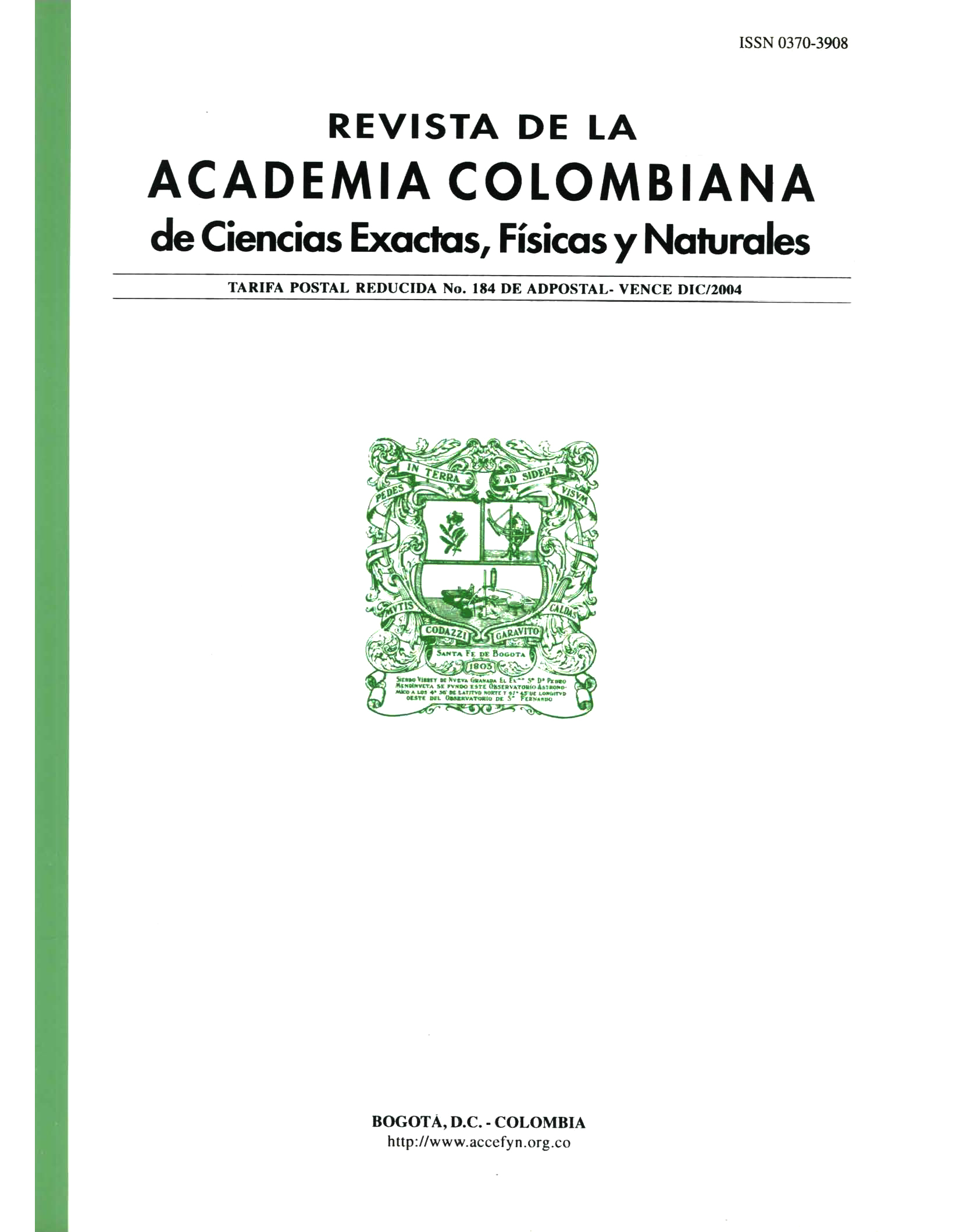Resumen
La aminopeptidasa N (APN) es un receptor para las proteínas Cry1 de Bacillus thuringiensis. Una APN de 108-kDa ha sido caracterizada in Spodoptera litura, aquí se determinó su estructura tridimensional; esta tiene 4 dominios estructurales. El dominio I es la región que reconoce a las toxinas Cry1, un loop de esta sección puede ser muy importante en este papel. Probablemente, el dominio II tiene funciones en la interacción proteínas Cry1-APN. El dominio III tiene una topología de sándwich y el dominio IV es una superhélice. La APN tiene estructuras conservadas, con ligeras mutaciones como resultado a la coevolución con las proteínas Cry.
Referencias
Jenkins J.L., Lee M. K., Sangadala S., Adang M.J., Dean D.H. 1999. Binding of Bacillus thuringiensis Cry1Ac toxin to Manduca sexta aminopeptidase-N receptor is not directly related to toxicity. FEBS Letters. 462: 373-376.
Jenkins J. L., Lee M. K., Valaitis A. P., Curtiss A., Dean D. H. 2000. Bivalent Sequential binding Model of a Bacillus thuringiensis Toxin to Gypsy Moth Aminopeptidase N Receptor. The Journal of Biological Chemistry. 275: 14423-14431.
Kyrieleis O.J.P., Goettig P., Kiefersauer R., Huber R. Brandstetter H. 2005. Crystal structures of the tricorn interacting factor F3 from Thermoplasma acidophilum, a zinc aminopeptidase in three different conformations. Journal of Molecular Biology. 349: 787-800.
Luo K., McLachlin J.R., Brown M.R., Adang M.J. 1999. Expression of a glycosylphosphatidylinositol-linked Manduca sexta aminopeptidase N in insect cells. Protein Expression and Purification. 17: 113-122.
Marti-Renom M. A. 2003. Protein structure modelling for structural genomics. Business briefing. Future Drug Discovery, 59-63.
Masson L., Mazza A., Sangadala S., Adang M.J., Brousseau R. 2002. Polydispersity of Bacillus thuringiensis Cry1 toxins in solution and its effect on receptor binding kinetics. Biochimica et Biophysica Acta. 1594: 266-275.
Nakanishi, K., Yaoi K., Shimada N., Kadotani T., Sato T. 1999. Bacillus thuringiensis insecticidal Cry1Aa toxin binds to a highly conserved region of aminopeptidase N in the host insect leading to its evolutionary success. Biochimica et Biophysica Acta. 1432: 57-63.
Sasin J. M., Bujnicki J. M. 2004. COLORADO3D, a web server for the visual analysis of protein structures, Nucleic Acids Research. 32 (Web Server issue): W586-W589.
Shinkawa A., Yaoi K., Kadotani T., Imamura M., Koizumi N., Iwahana H., Sato R. 1999. Binding of phylogenetically distant Bacillus thuringiensis Cry toxins to a Bombyx mori aminopeptidase N suggests importance of Cry toxin’s conserved structure in receptor binding. Current Microbiology. 39: 14-20.
Vriend G. 1990. WHAT IF: a molecular modeling and drug design program. Journal of Molecular Graphics. 8: 52-56.
Wang P., Zhang X., Zhang J. 2005. Molecular characterization of four midgut aminopeptidase N isozymes from the cabbage looper, Trichoplusia ni. Insect Biochemistry and Molecular Biology. 35: 611-620.

Esta obra está bajo una licencia internacional Creative Commons Atribución-NoComercial-SinDerivadas 4.0.
Derechos de autor 2023 Revista de la Academia Colombiana de Ciencias Exactas, Físicas y Naturales

